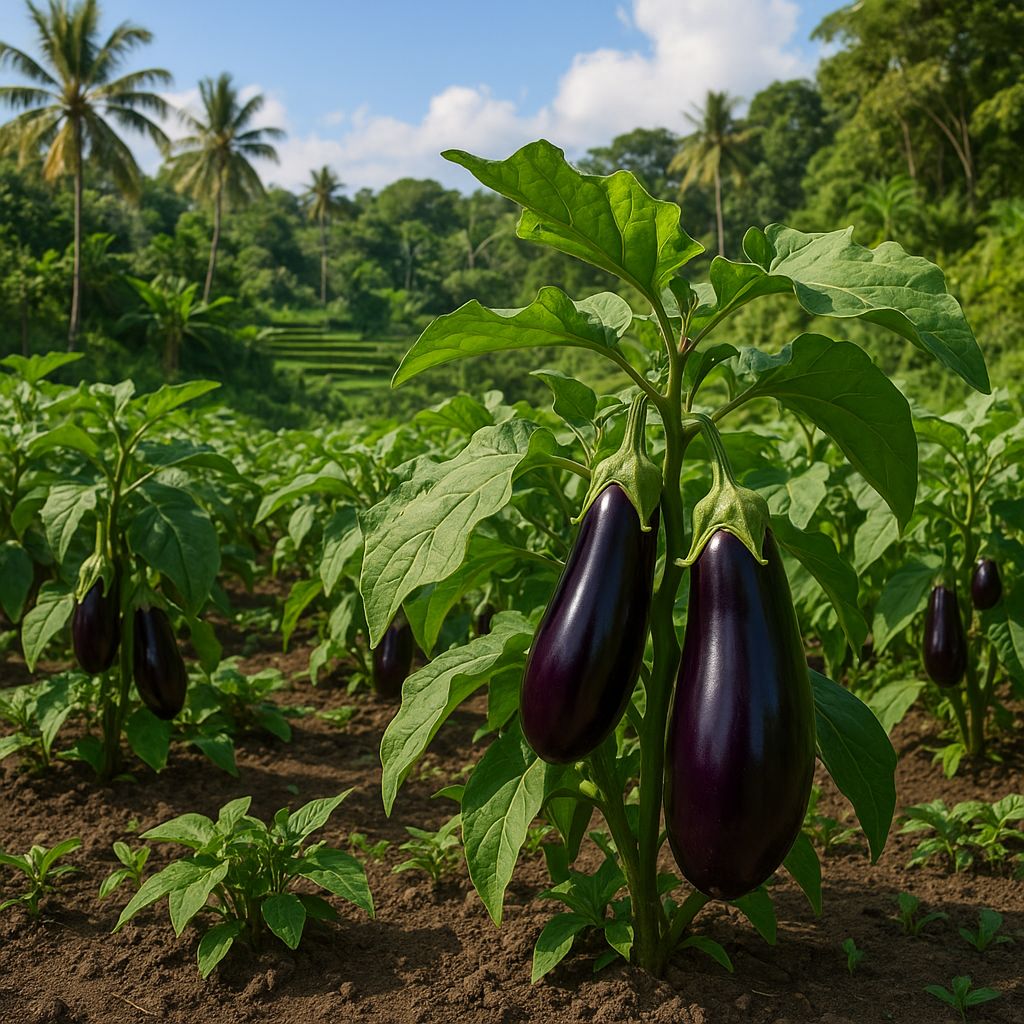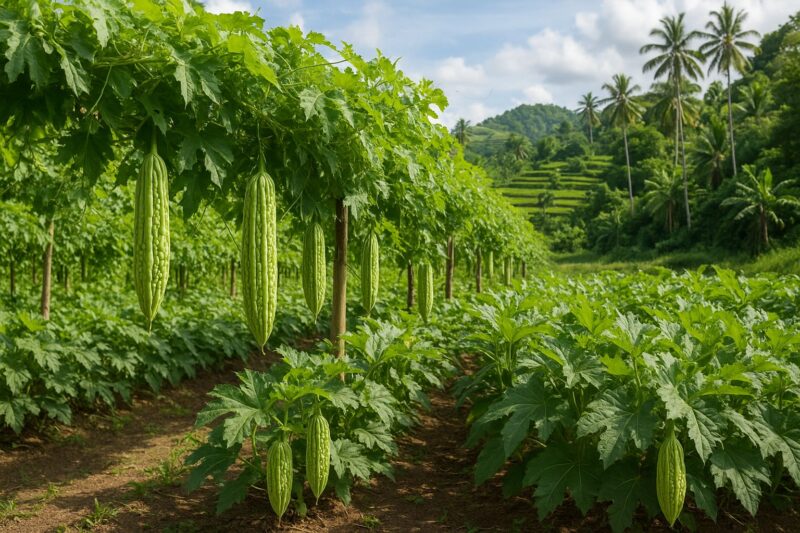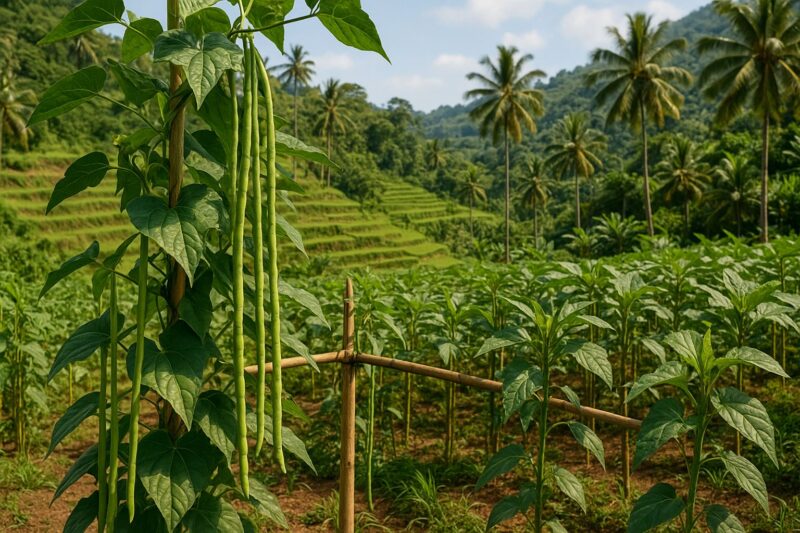Eggplant—talong to most of us—is practically woven into Filipino cooking. Whether it’s tortang talong in Cavite, adobong talong in Iloilo, or my own favorite grilled talong sa mangga here in Bulacan, this glossy purple vegetable brings so much versatility to our tables. But if you’re new to planting talong under our tropical skies, it can feel like juggling sunshine and sudden storms. I’ve had my fair share of trial and error, so here’s a mix of lessons from my Bulacan backyard and tips that should work in Pampanga, Batangas, or anywhere from Luzon to Mindanao.
Variety choice is step one. In lowland areas, the straight-neck, long-talong types usually perform reliably. They start bearing fruit a bit earlier and—knock on wood—seem less prone to sudden wilt when the rains hit. I’ve tried the round “milk” varieties too, especially after a friend in Laguna recommended them, but their yields felt… well, a bit more temperamental. Still, they look fantastic in markets, so it’s worth experimenting if you have the time.
Soil preparation can make or break your season. Filipino soils vary—from clay in parts of Bulacan and Pampanga to sandy loam around coastal Cebu. I mix in plenty of homemade compost—rice straw, kitchen scraps, a handful of rice hull ash—to balance both. Aim for a slightly acidic to neutral pH, around 6 point 5. If you’ve got sand, add more organic matter. If you’re on clay, raise beds or add coarse material so water never pools around the roots.
Timing matters. Across most of the country, transplant talong at the start of the wet season—late June to early July—so young plants get natural irrigation without drowning. Space them about fifty centimeters apart in rows seventy centimeters apart to keep foliage airy. I learned the hard way that crowding leads to mildew during our humid months in Bulacan; since then, I swear by that extra spacing.
Pests will visit—eggplant fruit borers, spider mites, and sometimes even rats nibbling on low-hanging fruits. Early scouting helps: check leaves for “shot holes,” prune affected shoots, and dispose of them away from the garden. For a quick home remedy, a garlic-and-soap spray applied in cool mornings keeps many insects in check. It’s not a miracle cure, but it’s kinder to beneficial bugs than heavy chemicals.
Feeding routines combine routine and intuition. I give a base layer of compost at planting, then side-dress with decomposed chicken manure when the first flowers appear. Coconut shell ash adds potassium for better flowering, though I once overdid it—the leaves turned yellow, teaching me that moderation really is key. Water deeply once or twice weekly during dry spells, keeping the soil moist but not soggy. A layer of rice straw mulch helps conserve moisture, suppress weeds, and eventually breaks down into more compost—one less chore, really.
Flowers show up five to six weeks after transplanting: pale violet blossoms that signal pods are on the way. Extreme heat—above thirty-three degrees Celsius—can cause the buds to drop. On scorching days, I find a gentle afternoon mist cools the plants and helps set more fruit, though results do vary with each season.
Harvesting is forgiving. Pick when the skin gleams and gives under gentle pressure—anywhere from fifteen to twenty centimeters long for the long types. Frequent picking encourages new buds and extends your season. In my case, daily morning harvests mean I never miss that perfect ripeness, and my talong sells better at the wet market when it’s freshest.
A quick case study: in Bulacan, my neighbor tried strict chemical fertilization while I went organic. His yields were about ten percent higher, but his talong lacked the firmness and flavor that my organically grown fruits had—customers noticed. It reminded me that yield isn’t everything; quality counts too, especially when selling directly to diners or restaurants.
Growing talong across the Philippines brings its quirks—one typhoon here, a dry spell there—but with compost, careful pest management, and timely harvests, success comes within reach. And you might just catch yourself chatting with your plants over afternoon coffee, wondering if that next flower will turn into the season’s best eggplant.
I’m open for consulting and speaking opportunities on sustainable vegetable farming and agribusiness. Feel free to reach out.
#Eggplant #Talong #PhilippineFarming #SustainableAg #HomeGarden #ConsultingAvailable #SpeakingOpportunities




